Le Commandant Charcot
Overview
A sleek and elegant vessel with an intricate dose of luxury and revolutionary technology.
Sailing under the French Flag, Le Commandant Charcot is the worlds only Luxury Icebreaker. A design with sustainable development at its core, Le Commandant is the first Hybrid luxury Polar Exploration Vessel to be powered by liquefied natural gas (LNG). Optimized with energy saving solutions, reduced energy consumption and advanced waste water treatment, this vessel truly combines luxury with a unique focus on the sustainability of the spellbinding and wonderful destinations it explores.
This ship is one of the few in existence that can reach remote areas such as the North and South Poles and with it's ice breaking capabilities can go further than the rest, to really give a once in a lifetime experience.
With just 123 cabins. including 68 suites with private terraces this ship remains true to the philosophy of providing every guest with the relaxed ambience of travelling on a private yacht. Even at the extreme temperatures of the poles, this vessel promises the upmost care for intimate comfort, discrete service, incredible gastronomy and extensive luxury amenities including spas, a hot and cold snow cabin and an immersive wellness center. The ship also has over 300 works of art and an onboard pianist.
Enjoy an excellent expedition experience, with a team of 23 expert naturalist guides who will lead you into some of the most remote regions of the world. When onboard you will be able to indulge in a range of culinary delights from the main restaurant Nuna, or the outdoor restaurant Sila, which overlooks the heated pool onboard - the Blue Lagoon. With the choice of French and international cuisine. Your cruise will include fine wines, an in room included minibar and 24 hour room service, as well as a range of entertainment and expert lectures. The perfect mix of exploration and comfort.
FEATURES

Length: 150m (492ft)
Breadth: 28m (91ft)
Draught: 10m (32ft)
Gross Tonnage: 30000
Passengers: 270
Ice Class: PC 2
Ship Region:Polar
Ships are awarded with Ice Class 1C, which means that the ship meets strict international requirements and is equipped with safety equipment such as sonar, GMDSS and Zodiacs fitted with satellite beacons and a satellite weather station
GALLERY
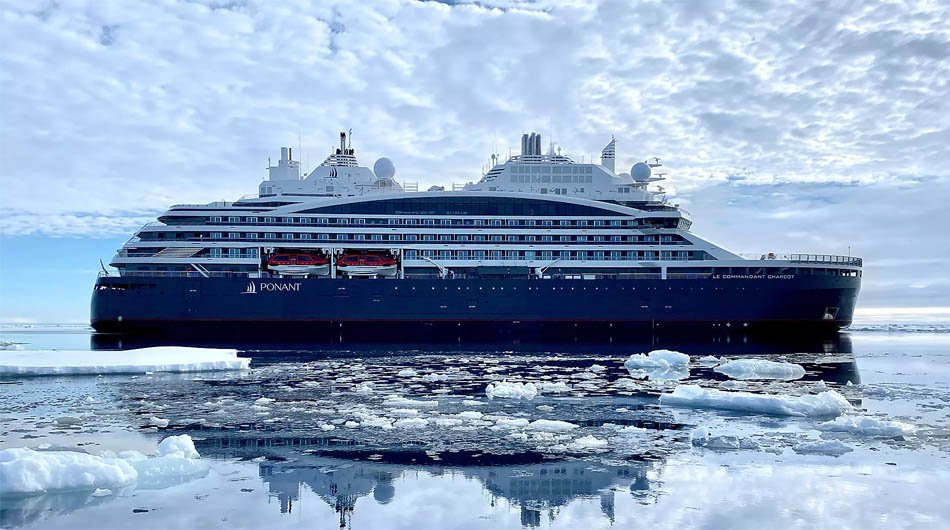
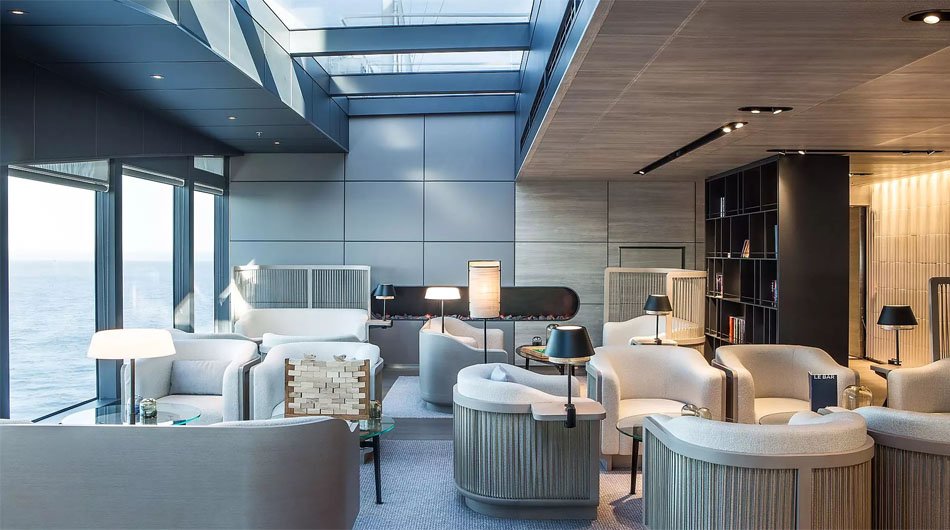
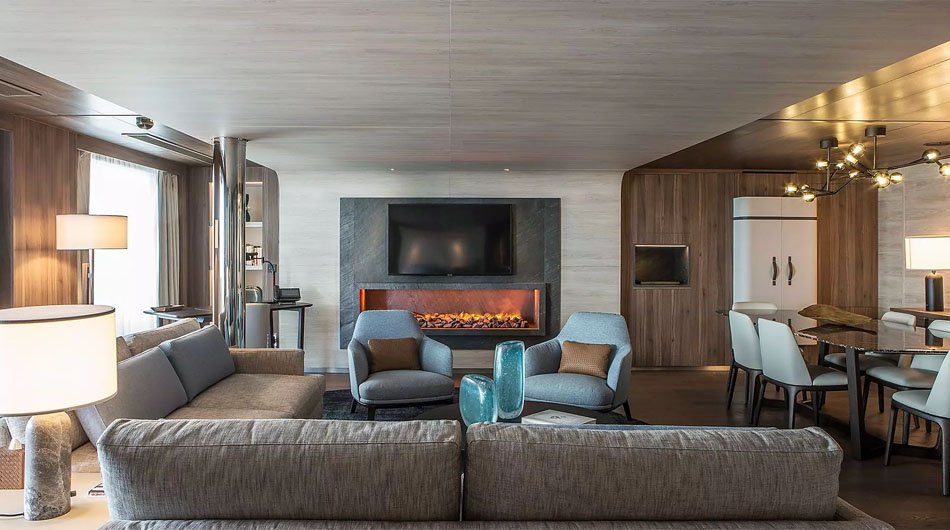
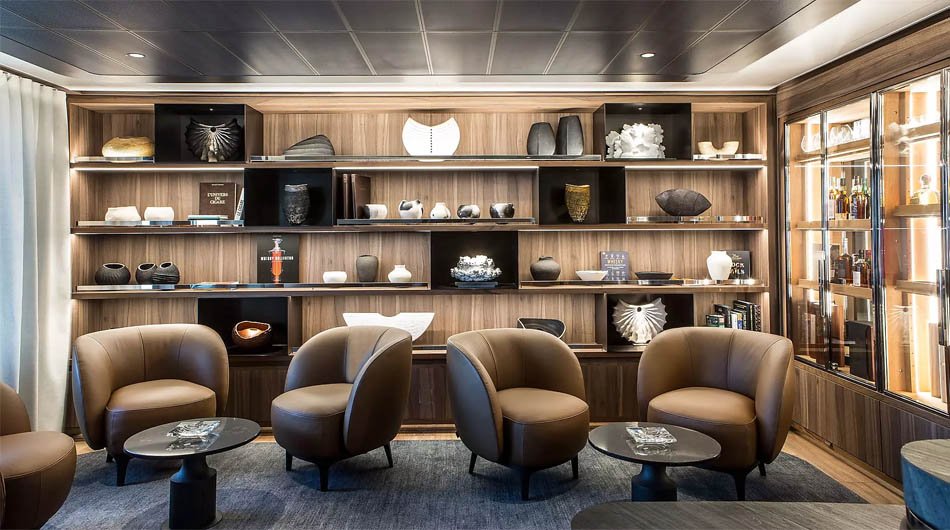
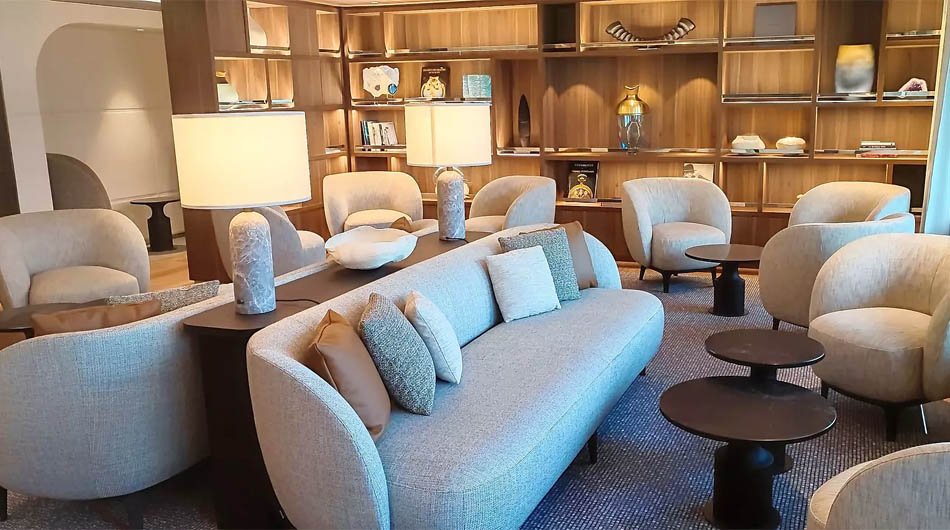
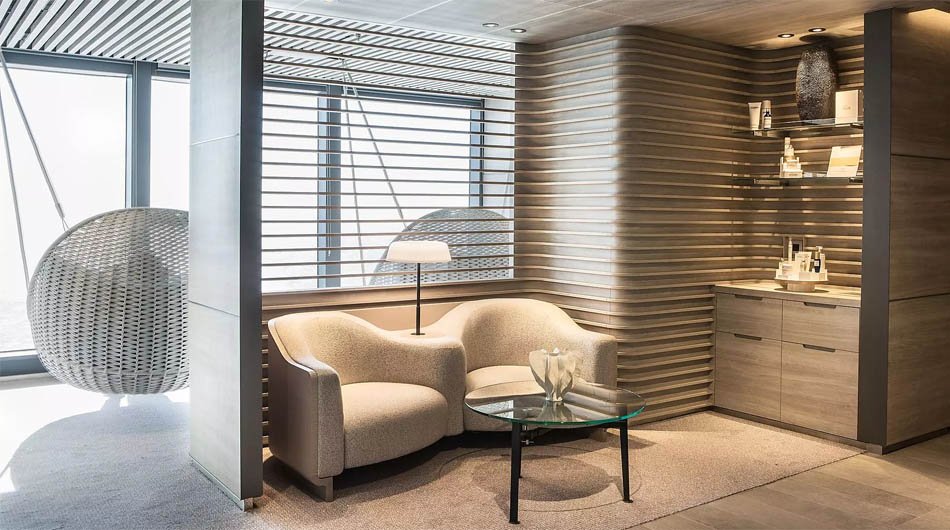
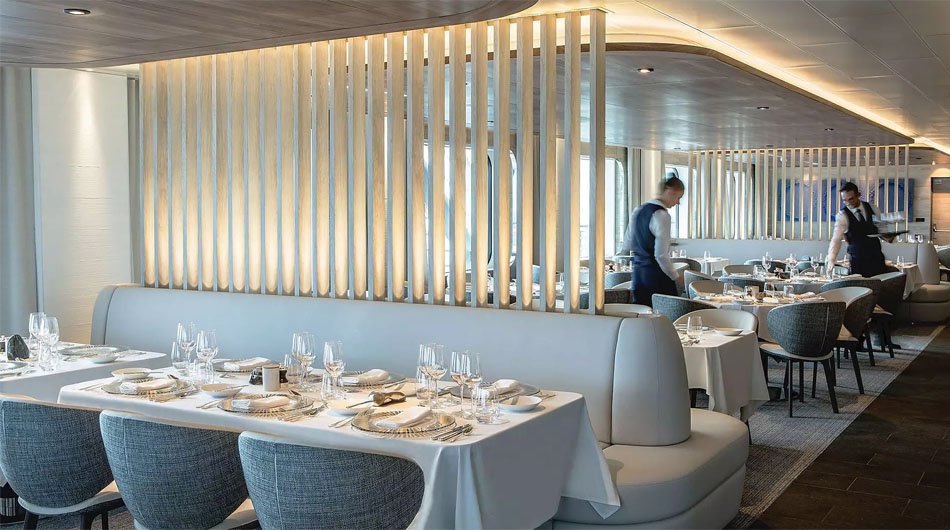
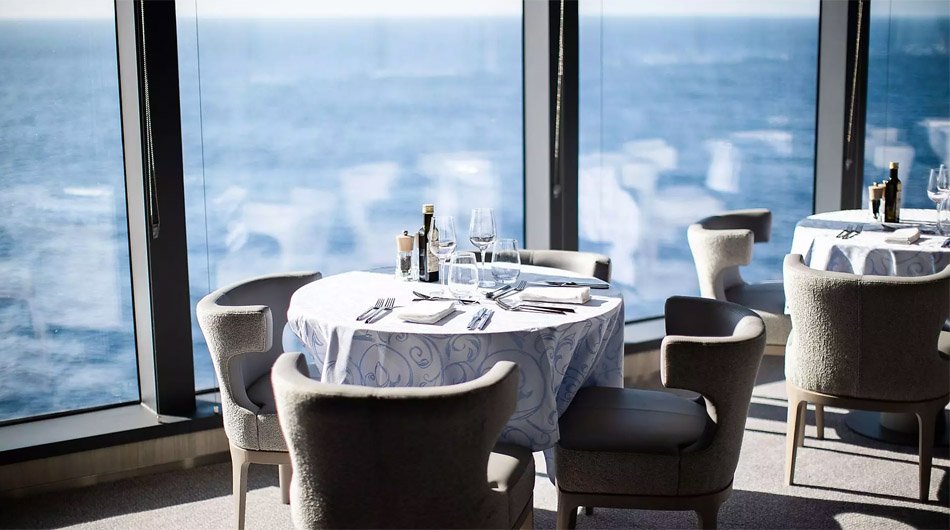
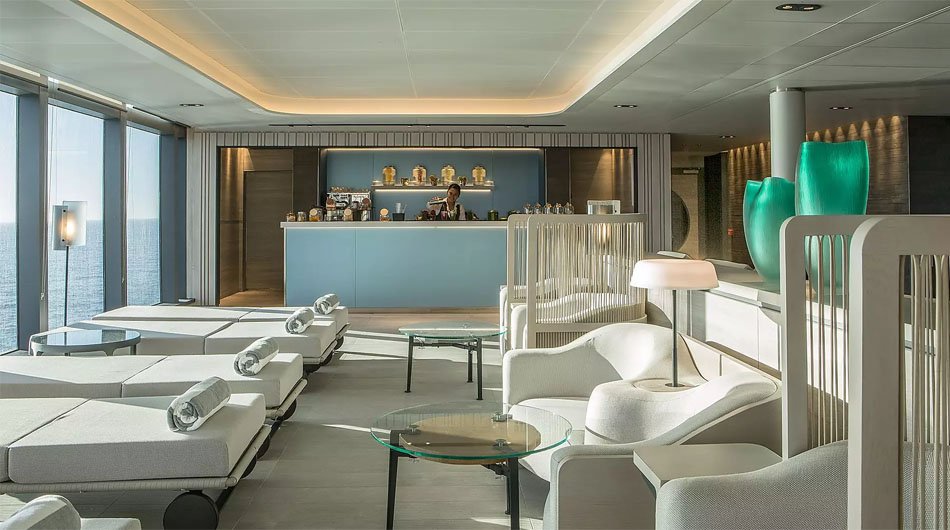
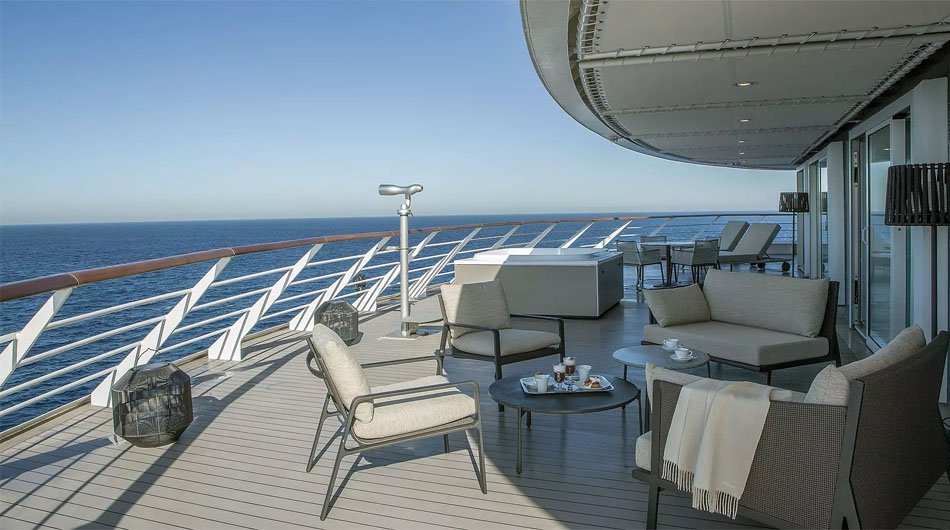
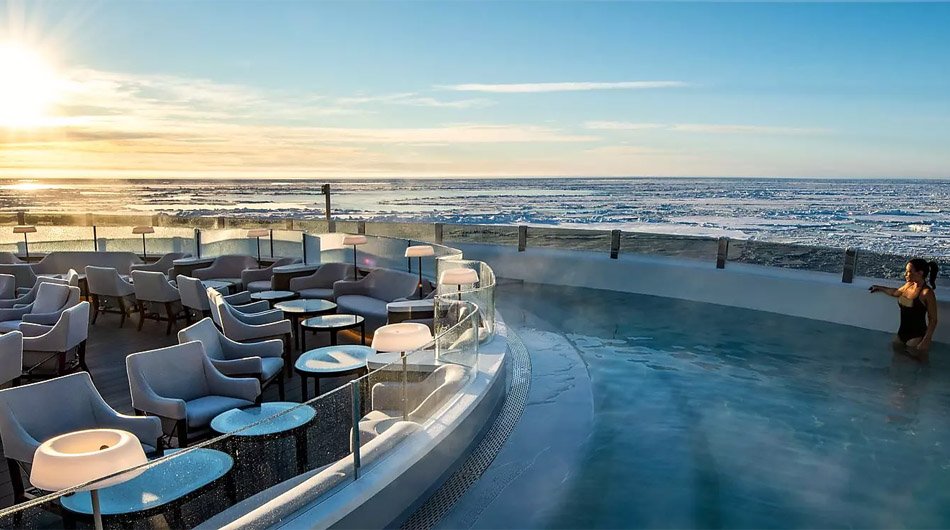
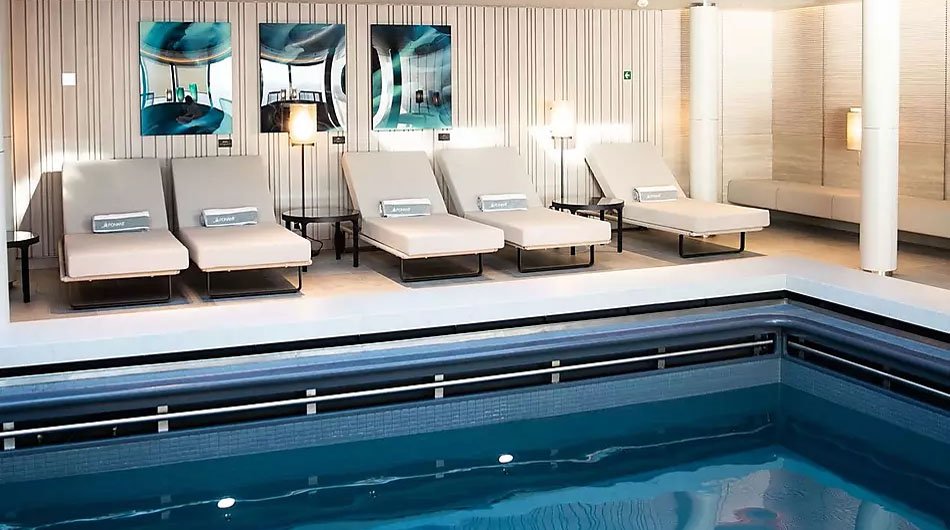
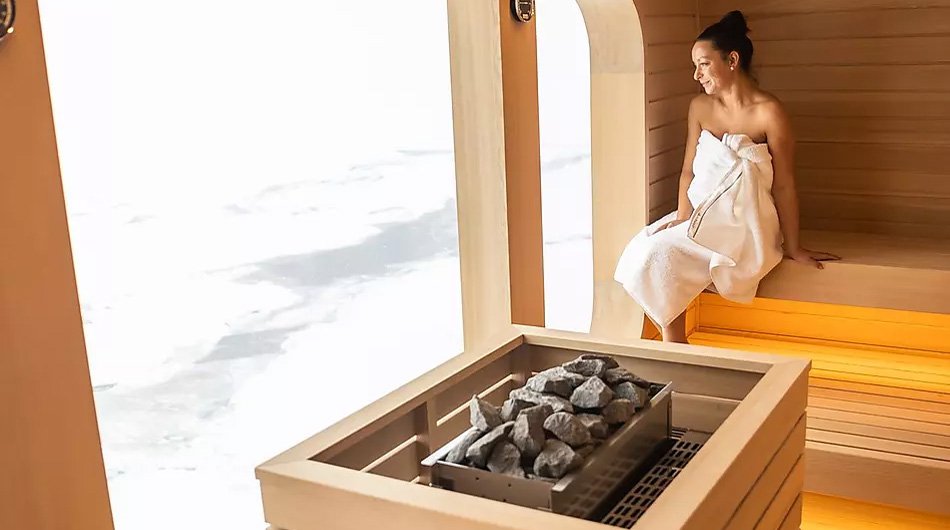
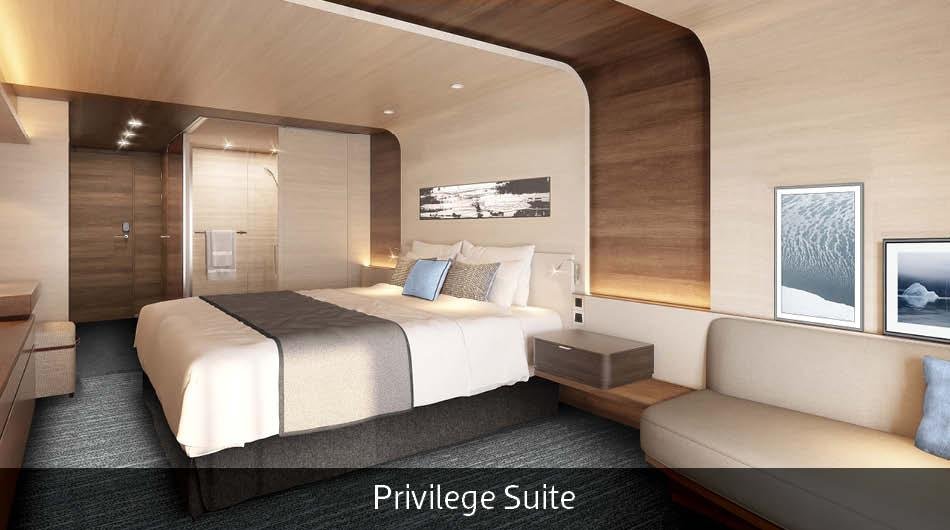

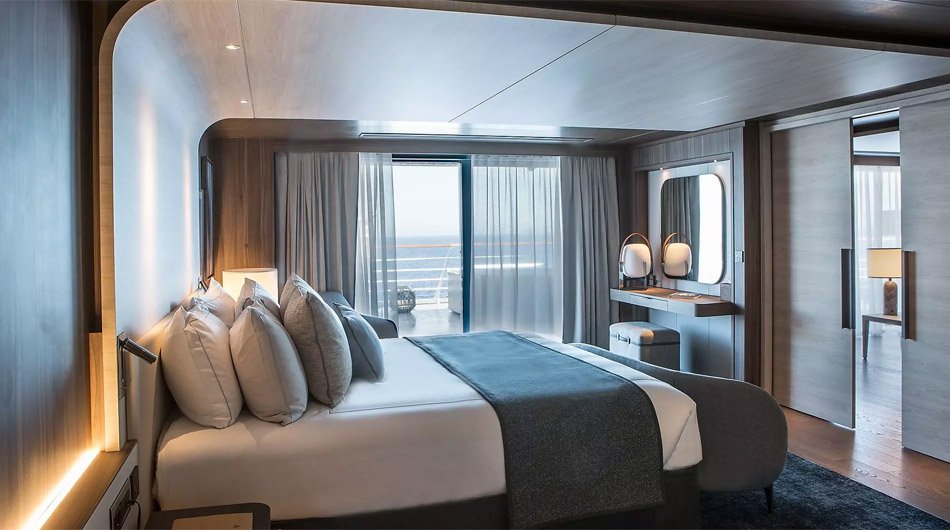
















ITINERARIES ABOARD THE Le Commandant Charcot
The Northwest Passage
Canadian Arctic, Greenland & Iceland
SHIP: Le Commandant Charcot
START: Reykjavík, Iceland
FINISH: Seattle, United States
12/08/2024
PRICED FROM
USD 51,080*
PER PERSON
In the Wake of Charcot
Antarctic Circle, Antarctic Peninsula
SHIP: Le Commandant Charcot
START: Santiago, Chile
FINISH: Santiago, Chile
05/12/2025
- 19/12/2025
- 03/01/2026
PRICED FROM
USD 25,740*
PER PERSON
Unexplored Antarctica Between Two Continents
Antarctica & Ross Sea
SHIP: Le Commandant Charcot
START: Santiago, Chile
FINISH: Hobart, Australia
16/01/2026
PRICED FROM
USD 53,810*
PER PERSON
The Emperor Penguins of Weddell Sea
Weddell Sea, Antarctica, Antarctic Peninsula
SHIP: Le Commandant Charcot
START: Santiago, Chile
FINISH: Santiago, Chile
30/10/2025
- 11/11/2025
- 23/11/2025
PRICED FROM
USD 30,850*
PER PERSON
Northeast Greenland's Unexplored Sea Ice
Greenland & The Arctic
SHIP: Le Commandant Charcot
START: Reykjavík, Iceland
FINISH: Reykjavík, Iceland
28/05/2024
- 11/06/2024
- 24/05/2025
- 07/06/2025
PRICED FROM
USD 25,780*
PER PERSON
In the Ice of the Arctic - from Greenland to Svalbard
Greenland, Spitsbergen, Svalbard
SHIP: Le Commandant Charcot
START: Reykjavik, Iceland
FINISH: Paris, France
25/06/2024
- 21/06/2025
PRICED FROM
USD 33,620*
PER PERSON
The Geographic North Pole 17 Days
Spitsbergen, Geographic North Pole
SHIP: Le Commandant Charcot
START: Paris, France
FINISH: Reykjavík, Iceland
26/07/2024
- 26/09/2024
PRICED FROM
USD 49,210*
PER PERSON
The Geographic North Pole 16 Days
Spitsbergen, Geographic North Pole
SHIP: Le Commandant Charcot
START: Paris, France
FINISH: Paris, France
22/07/2025
- 06/08/2025
- 21/08/2025
PRICED FROM
USD 42,800*
PER PERSON
Transarctic: The Quest for the Two North Poles
Arctic, North Pole, Svalbard, Canadian Arctic
SHIP: Le Commandant Charcot
START: Seattle, United States
FINISH: Paris, France
06/09/2024
- 05/09/2025
PRICED FROM
USD 53,160*
PER PERSON
From the Northern Lights to the Polar Night
Arctic, Spitsbergen, Norway
SHIP: Le Commandant Charcot
START: Paris, France
FINISH: Paris, France
18/10/2024
PRICED FROM
USD 18,020*
PER PERSON
Unexplored East Antarctica & French Southern Lands
East Antarctica, French Southern Lands
SHIP: Le Commandant Charcot
START: Hobart, Australia
FINISH: Cape Town, South Africa
17/02/2026
PRICED FROM
USD 49,080*
PER PERSON
Video
FAQS
The medical team will be composed of at least one doctor and one nurse on each cruise. These staff will keep up dot date with the latest medical and scientific advice and will be available 24 hours a day, 7 days a week.